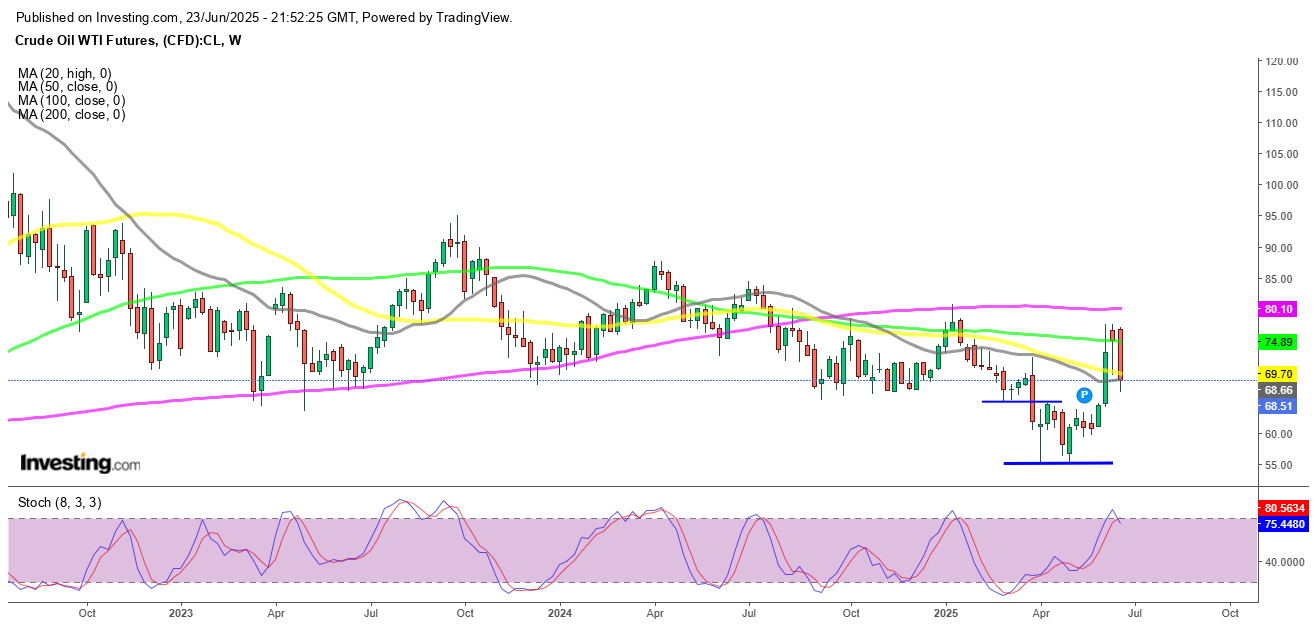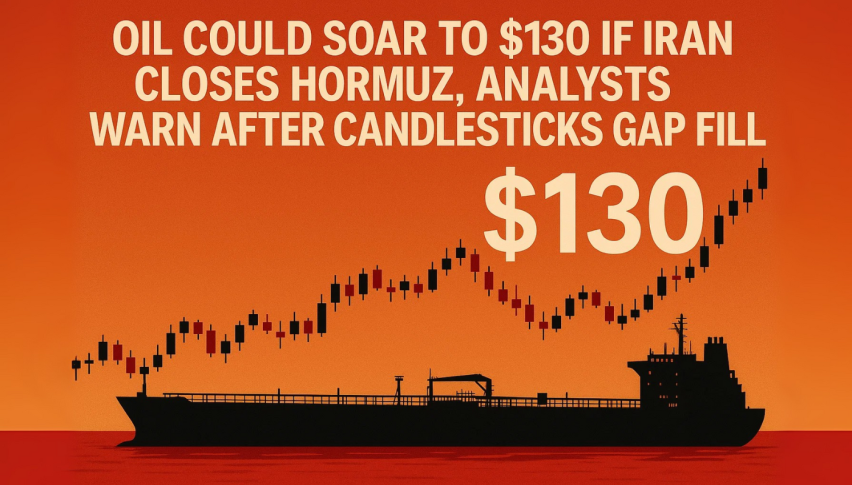Negative Oil Prices Outlook: Surge, Then Sink 10%—Trump and Geopolitics Jawbone WTI Down
June opened with a dramatic surge in oil prices, only to see them plunge sharply as geopolitical fears were undercut by signs of de-escalati

Quick overview
- June began with a spike in oil prices due to escalating geopolitical tensions between Israel and Iran.
- West Texas Intermediate (WTI) crude surged to $78.40 before plummeting by $12 to close near $66.70 as fears of a wider conflict eased.
- Traders are increasingly confident that both sides are seeking to avoid full-scale escalation, leading to a swift selloff in oil markets.
- While short-term volatility is expected, the market is currently leaning towards a diplomatic resolution rather than prolonged conflict.
June opened with a dramatic surge in oil prices, only to see them plunge sharply as geopolitical fears were undercut by signs of de-escalation in the Middle East conflict.
Middle East Tensions Send Oil Prices Soaring—Temporarily
Crude oil markets started June with heightened volatility as geopolitical tensions between Israel and Iran escalated once again. The U.S. initiated targeted strikes in retaliation for Iranian actions, fueling fears of a wider regional conflict and triggering a knee-jerk surge in oil prices.
West Texas Intermediate (WTI) crude spiked to $78.40 shortly after markets opened, driven by concerns over potential disruptions through the Strait of Hormuz—a vital chokepoint that handles roughly 20% of the world’s oil supply.
A $12 Collapse: Market Reverses on Talk of De-escalation
Despite the early surge, WTI crude saw intense selling pressure throughout the day, ultimately plunging by $12 to close near $66.70. The drop underscored how sensitive the oil market remains to war headlines and political rhetoric.
Surprisingly, it wasn’t just the military moves shaping market sentiment—it was the messaging. Former President Donald Trump made remarks that suggested the retaliatory attacks were coordinated and anticipated. According to reports, the U.S. had advance warning of the Iranian strikes, leading traders to view the military actions as symbolic rather than a step toward wider conflict.
No Appetite for War: Traders Reprice Risk
Oil’s sharp reversal was the clearest sign that investors do not expect an extended ground war or a prolonged U.S. intervention in the region. The swift selloff reflected growing consensus that both sides are signaling a desire to avoid full-scale escalation.
With little evidence of meaningful damage and diplomatic signals intensifying, oil traders rushed to reduce exposure, unwinding positions built on fear of prolonged instability.
Outlook: Volatility Likely, But No Panic for Now
While oil could remain volatile in the short term, the market now appears to be pricing in a scenario where diplomacy, rather than conflict, takes center stage. However, any new disruption in the Strait of Hormuz or shift in rhetoric could reignite volatility quickly.
US WTI Crude Oil Live Chart
- Check out our free forex signals
- Follow the top economic events on FX Leaders economic calendar
- Trade better, discover more Forex Trading Strategies
- Open a FREE Trading Account



